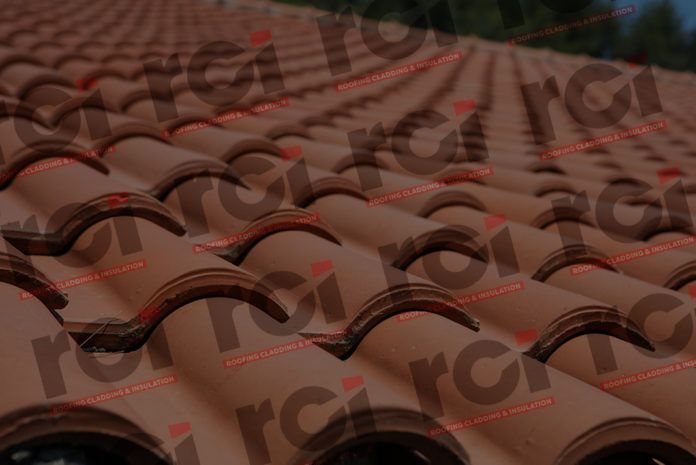Women working in trade professions including construction and plumbing in the UK has doubled in the last ten years, says Direct Line for Business.
The company’s analysis shows that there were an estimated 33,000 female tradespeople in 2019 – a 120% increase on the 15,000 reported in 2009. Over this time, the total number of people working in construction, electrical and plumbing has risen by 5% to 743,000, meaning that whilst women currently account for just 4.4% of all tradespeople, this is considerably higher than the 2.1% representation a decade ago.
Most female tradespeople can be found in building, with 24,000 employed in jobs including bricklayers, roofers and scaffolders, accounting for 5% of the total workforce.
More than half of the 18,000 new female workers in construction since 2009 were registered in the last five years, implying that female representation is rising at an increasing rate.
Nandita Borkakoti, business manager for tradesperson at Direct Line for Business, said: “While jobs in construction have traditionally been dominated by men in the volumes employed, it is encouraging to see that this notion is being increasingly challenged, with around 33,000 women across the UK currently working as builders, electricians or plumbers.”
Estimated number of male and female workers in selected construction trades, 2009-2019
| Timeframe | Industry | Builders | Electricians | Plumbers | All |
| 2009 | Men | 437,000 | 192,000 | 65,000 | 694,000 |
| Women | 10,000 | 4,000 | 1,000 | 15,000 | |
| Total | 447,000 | 196,000 | 66,000 | 709,000 | |
| 2019 | Men | 428,000 | 230,000 | 52,000 | 710,000 |
| Women | 24,000 | 8,000 | 1,000 | 33,000 | |
| Total | 452,000 | 238,000 | 53,000 | 743,000 | |
| Change | Men | -2.1% | +19.8% | -20.0% | +2.3% |
| Women | +140.0% | +100.0% | +0.0% | +120.0% | |
| Total | +1.1% | +21.4% | -19.7% | +4.8% |
Source: Direct Line for Business 2019
There are expected to be a further 221,000 more women of working age (18-65) in the UK by 2029, based on the figures.
If the proportion of working women in construction remains constant over this time, it could result in a further 5,700 women in the industry by 2029.
However, if the industry sees the same rate of growth as it has done since 2009, then there could be as many as 51,000 women in construction by the end of the next decade.
When looking at mean wages for tradespeople, women are still paid less than their male counterparts, though the analysis reveals that trade professions are more equitable than other industries.
Female tradespeople earn an average of 11.3% less than their male counterparts. With the average salary for male tradespeople standing at £32,755 in 2019, translating into an income of around £3,700 less for women tradespeople than for men.




